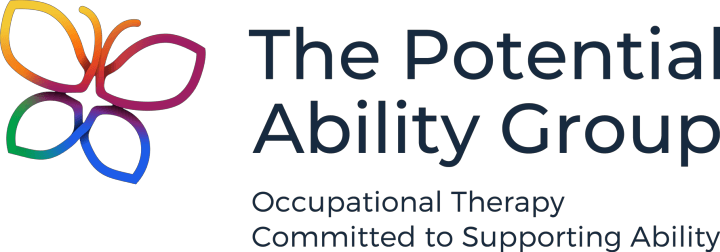At first glance, a game of Uno might just look like colourful cards, friendly competition, and a bit of fun. But in a therapy session, it can be so much more. One of the wonderful things about community-based Occupational Therapy is how everyday activities—especially those that feel like play—are often carefully chosen to support a child’s foundational skills. Uno is a great example of this.
Yes, Uno is a fun card game. It can be exciting to win and challenging to lose. But behind the scenes, it can be used as a rich tool for social, emotional, and cognitive development. When we play Uno in therapy, we’re often not just playing—we’re working.
Let’s start with emotional regulation. Uno offers a natural way to explore feelings, especially around winning and losing. These moments can be great opportunities to talk about the “zones of regulation” and help children understand how different emotions feel in their bodies. A child who feels frustrated after losing might work with their therapist to recognise the emotion, label it, and learn a calming strategy. In this way, the game becomes a safe space to practise coping skills and develop resilience.
Uno also provides space for social learning. Taking turns, following rules, and showing good sportsmanship are all key social skills, and a game like Uno offers plenty of opportunities to practise them in real time. It’s also a great platform to support communication development. Children can be encouraged to explain the rules to others or even teach the therapist how to play. This kind of role reversal not only builds confidence, but also supports expressive language skills, sequencing, and memory.
Speaking of memory—Uno can also become a cognitive workout. Matching colours and numbers, remembering which cards have been played, and planning the next move are all great exercises in working memory, visual discrimination, and attention.
In some sessions, Uno might be adapted even further. Therapists might add movement-based challenges (“Do a star jump if you play a red card!”) or use the game as a conversation starter. For example, when a “wild card” is played, the player might be asked to share a time they felt “out of control” or a strategy they use to get back to the green (calm) zone.
By embedding therapeutic goals into something as familiar and fun as a card game, children are more likely to stay engaged and motivated. Therapy doesn’t always have to look like hard work—it can look like laughter, connection, and play.
So next time you see Uno on the therapy table, remember it’s not just a game. It’s a tool. And through play, children are building the emotional, cognitive, and social foundations that will support them far beyond the session.

